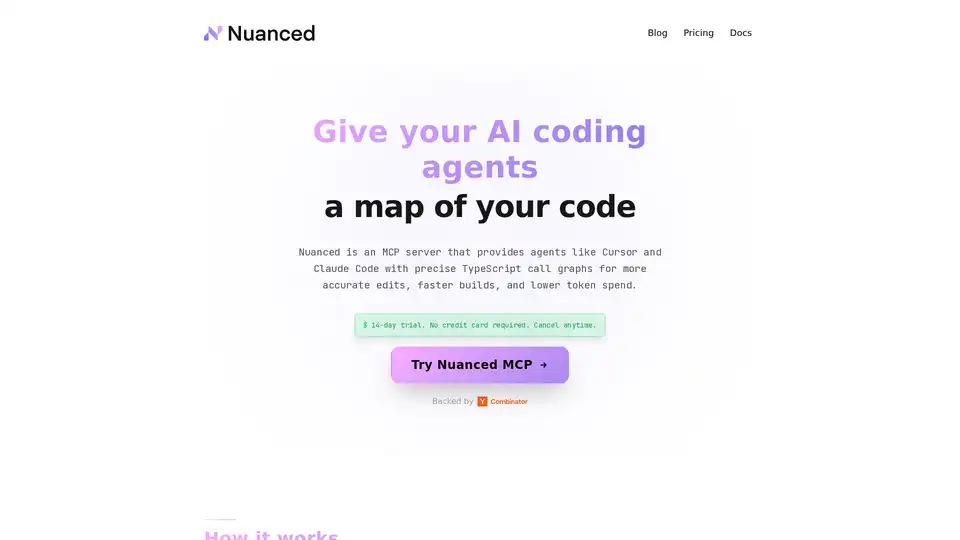
Nuanced
Overview of Nuanced
What is Nuanced?
Nuanced is a powerful MCP (Model Context Provider) server designed to supercharge AI coding agents by delivering precise, static analysis-based insights into your codebase. Built specifically for developers working with tools like Cursor, Claude Code, and other large language models (LLMs), Nuanced generates detailed TypeScript call graphs that act as a 'map' for your code. This enables AI agents to make more accurate edits, compile code faster on the first try, and minimize wasteful token usage during interactions. Unlike traditional file-tree navigation or basic LSP (Language Server Protocol) integrations, Nuanced focuses on call graphs to provide deeper, more reliable context, addressing a critical gap in AI-assisted coding where hallucinations and inefficient builds are common pain points.
Founded by developers with extensive experience in code intelligence from GitHub, Nuanced embodies a local-first philosophy—meaning all analysis happens on your machine without sending data to external servers. This privacy-centric approach ensures your proprietary code stays secure while still leveraging cutting-edge static analysis for smarter AI outputs. Whether you're refactoring large TypeScript projects or integrating AI into your CI/CD pipeline, Nuanced stands out as a lightweight, universal tool that works seamlessly with any LLM or coding workflow, from OpenAI models to VS Code extensions.
How Does Nuanced Work?
At its core, Nuanced operates through a straightforward three-step process that transforms your repository into actionable intelligence for AI agents:
Scan Repo → Build Call Graph: Nuanced scans your codebase to construct a comprehensive call graph, mapping out function dependencies, method calls, and code relationships in TypeScript projects. This static analysis captures the structural essence of your code without executing it, ensuring efficiency and accuracy.
Select the Slice Your Prompt Needs: Users can query specific 'slices' of the call graph relevant to their task—such as dependencies for a particular module or function—tailoring the context to fit the AI prompt precisely. This targeted approach avoids overwhelming LLMs with irrelevant data, which often leads to higher token costs and errors.
Pass to Any LLM for Accurate Answers and Code That Compiles: The refined context is fed into your chosen AI coding agent, enabling it to generate responses and code snippets that align perfectly with your project's architecture. The result? Code that compiles on the first pass, with fewer hallucinations like inventing non-existent helper functions.
This workflow is agent-ready and integrates effortlessly into popular setups. For instance, developers using Claude Code can pipe Nuanced's outputs directly into prompts, while Cursor users benefit from enhanced autocomplete and refactoring suggestions. Even in CI pipelines, Nuanced can provide on-the-fly analysis to validate AI-generated patches before deployment.
Nuanced's local-first design means it runs anywhere—your laptop, server, or even containerized environments—without relying on cloud infrastructure. Backed by rigorous testing from its GitHub-veteran creators, the tool receives weekly improvements, ensuring it evolves with the fast-paced world of AI coding.
Proven Impact and Key Benefits
Real-world usage data highlights Nuanced's tangible value:
- 33% Reduction in Token Spend: By supplying precise context, Nuanced cuts down on verbose prompts and iterative fixes, saving developers significant costs when using paid LLM APIs.
- Higher First-Pass Build Success: Customer reports indicate dramatic improvements in code compilation rates, reducing debugging time from hours to minutes.
- Large Drop in Hallucinated Helpers: AI agents no longer fabricate incorrect dependencies or functions, thanks to the grounded call graph data.
Beyond metrics, Nuanced addresses broader challenges in AI coding reliability. As LLMs increasingly write production code, tools like this bridge the 'reliability gap' by providing system-wide context—think memory profilers, exception reports, and telemetry integrated into prompts. It's particularly effective for complex projects where file trees alone fall short, offering a smarter alternative to LSPs by focusing on call graphs for measurable accuracy.
Privacy is a cornerstone: Since analysis never leaves your device, it's ideal for enterprises handling sensitive codebases. Universal compatibility extends to Python (via its open-source launch) and other languages, making it versatile for polyglot teams. Pricing starts with a 14-day free trial—no credit card needed—and scales affordably for teams, with options to cancel anytime.
How to Use Nuanced?
Getting started is simple and developer-friendly:
Installation: Download from the official site or GitHub repository. For TypeScript, it's a quick npm install; Python support is available open-source.
Setup: Run the MCP server locally with a single command. Point it to your repo, and it auto-builds the call graph.
Integration: In your AI workflow, select a code slice via the Nuanced API or CLI, then append it to prompts in tools like Cursor or Claude. For example: "Using this call graph slice [insert data], refactor the auth module."
Advanced Tips: Combine with VS Code for real-time suggestions, or hook into CI for automated reviews. Docs provide detailed guides, including demos on cost savings (e.g., 32% cost cut and 35% time reduction for Claude Code tasks).
Common use cases include debugging tricky dependencies, accelerating refactoring in monorepos, and training AI on legacy code without manual annotations. Weekly blog posts, like "How we got Claude Code to stop gaslighting our tests" or "Why we chose call graphs over LSPs," offer practical insights and tutorials to maximize its potential.
Why Choose Nuanced?
In a crowded field of AI coding assistants, Nuanced differentiates itself through precision and pragmatism. While many tools rely on fuzzy semantic search or broad context dumping, Nuanced's static analysis delivers surgical accuracy, proven by its own team's daily use on production code. It's not just a plugin—it's a foundational layer that makes every AI interaction more trustworthy and cost-effective.
For developers frustrated with AI-generated code that doesn't compile or wastes API credits, Nuanced is a game-changer. Its open-source elements (especially Python components) invite community contributions, while the core server ensures enterprise-grade stability. Backed by industry veterans, it tackles real pain points like the 'future of AI coding' questioned in edge cases (e.g., centering a div exposing deeper architectural needs).
Who is Nuanced For?
Nuanced targets a range of users in the AI-driven development space:
- Solo Developers and Indie Teams: Ideal for those using Cursor or Claude to speed up personal projects without breaking the bank on tokens.
- Enterprise Engineers: Perfect for large-scale TypeScript apps where privacy and build reliability are non-negotiable.
- AI/ML Practitioners: Researchers and tool builders integrating call graphs into custom LLM workflows or datasets.
- DevOps and CI/CD Specialists: Enhances automated testing and deployment by validating AI outputs pre-merge.
If you're dealing with Python, the open-source launch provides a free entry point for experimentation. Overall, anyone seeking to trust AI-written code more will find Nuanced indispensable.
Best Ways to Get Started with Nuanced
- Explore the docs for setup tutorials.
- Try the 14-day trial to test on your repo.
- Dive into blog posts for case studies, like reducing Claude Code costs or introducing TypeScript support.
- Join the community on LinkedIn, Twitter, or GitHub for tips and updates.
Nuanced isn't just enhancing AI coding—it's redefining how developers collaborate with LLMs for reliable, efficient software creation. With ongoing innovations like exception reporting and telemetry integration, it's poised to remain a staple in modern dev tools.
Best Alternative Tools to "Nuanced"
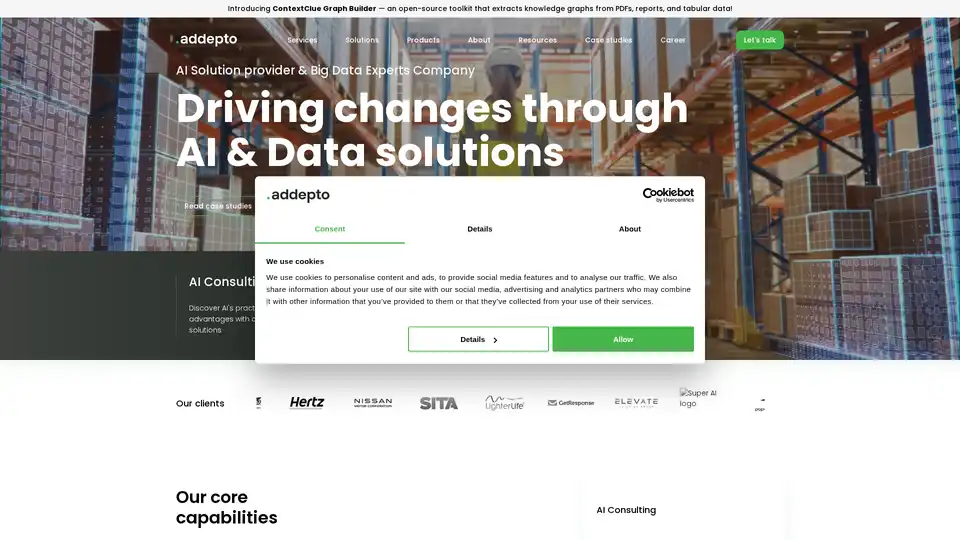
Addepto delivers custom AI and Machine Learning solutions across industries, focusing on AI consulting, generative AI development, and big data analytics to drive business transformation.

CallTrack.ai is an AI-powered call tracking and marketing analytics platform designed to help businesses manage inbound calls, optimize marketing budgets, generate high-quality leads, and close deals more efficiently.
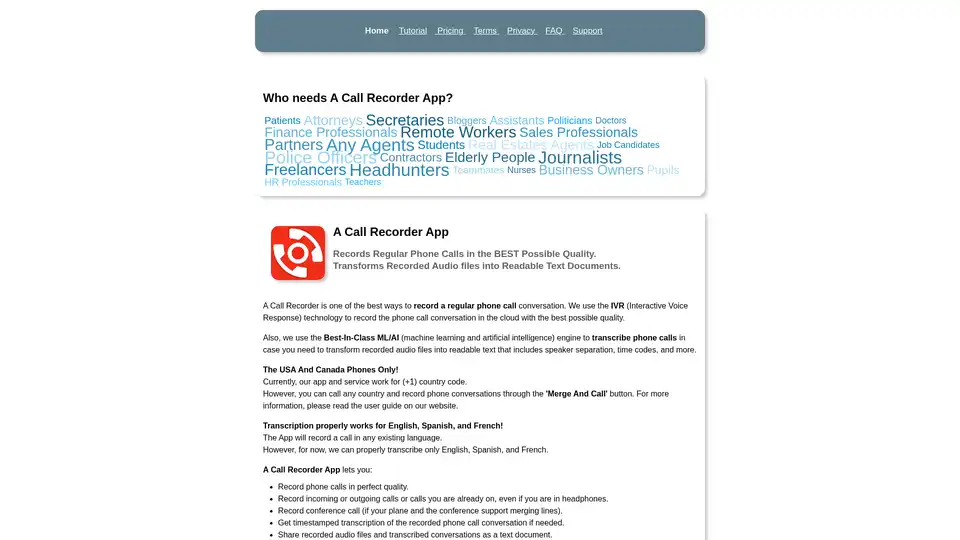
A Call Recorder App records phone calls on iPhone and Android with high quality. It offers transcription services using AI and ML. The app provides clear audio recordings and text transcriptions.
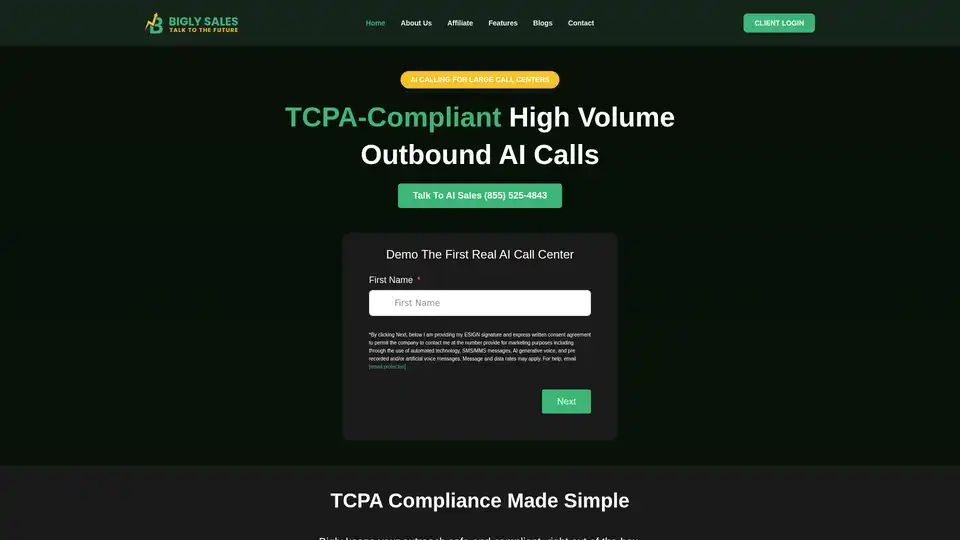
Bigly Sales is a TCPA-compliant AI call center that operates 24/7/365, reducing call center costs by 90% while improving sales and customer experience. It ensures compliance and offers features like lead conversion and customer support.
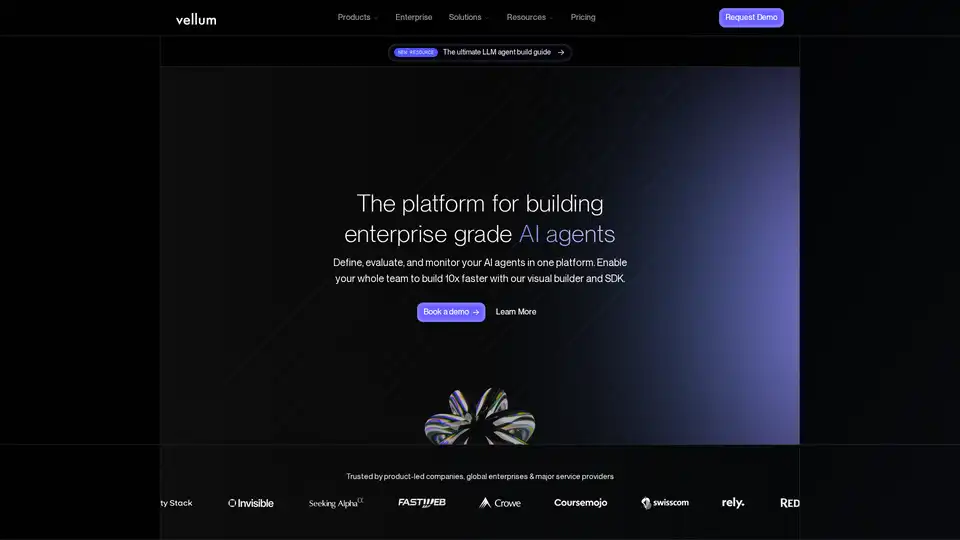
Vellum AI is an LLM orchestration and observability platform to build, evaluate, and productionize enterprise AI workflows and agents with a visual builder and SDK.
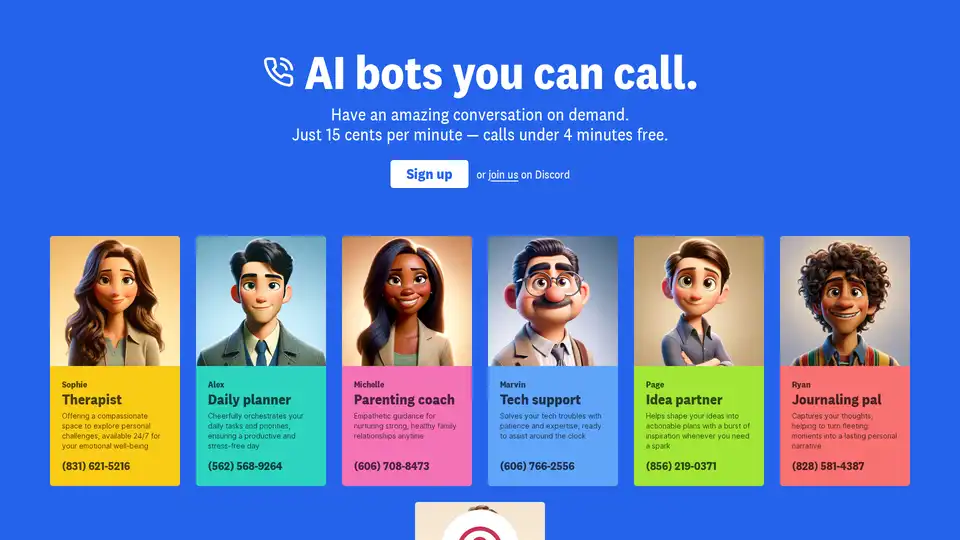
Call an AI offers on-demand AI conversations via phone. Access therapists, daily planners, tech support, and more for just 15 cents a minute.
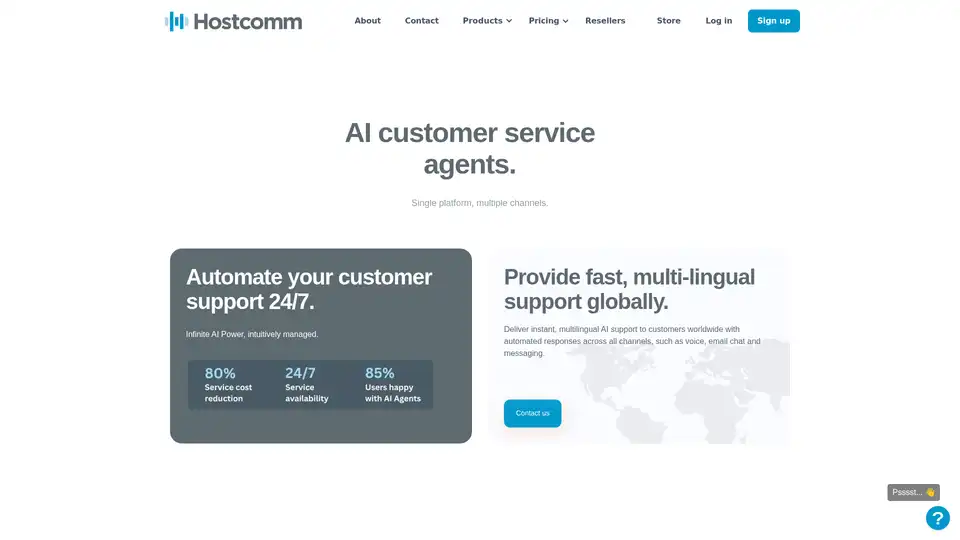
Discover Hostcomm's AI customer service agents: a unified platform for 24/7 multi-channel support via voice, email, and chat. Reduce costs by 65-75% with personalized, multilingual AI automation.
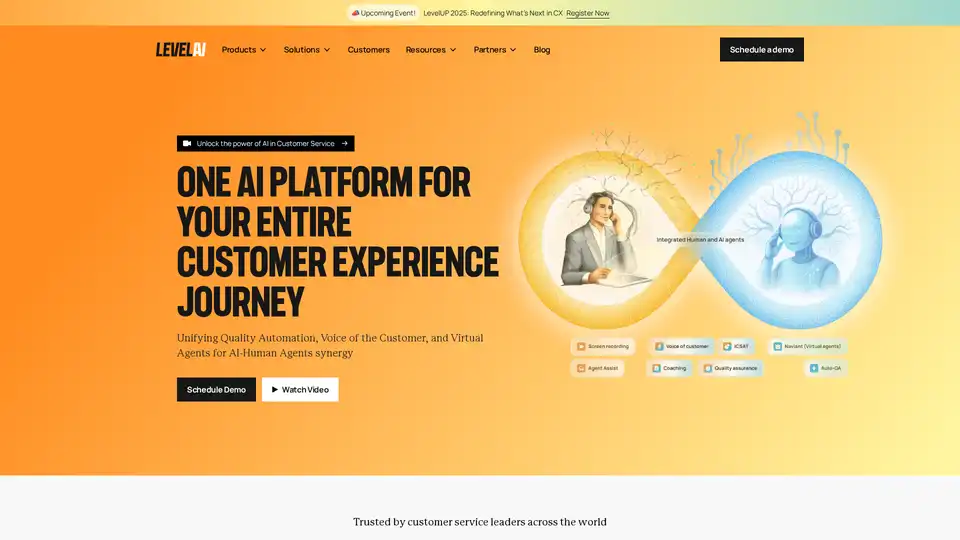
Level AI provides AI-powered solutions for call centers, including AI virtual agents, auto-QA, and real-time agent assist. Improve customer experience and agent performance with Level AI.
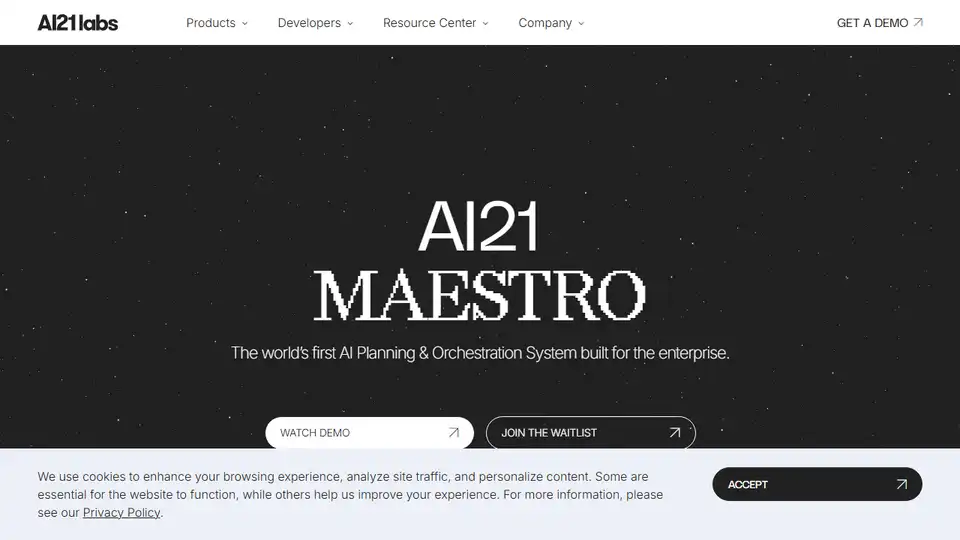
AI21 Maestro automates complex workflows with reliable AI knowledge agents. Retrieve, analyze, and synthesize data for accurate, transparent results. Book a demo now!
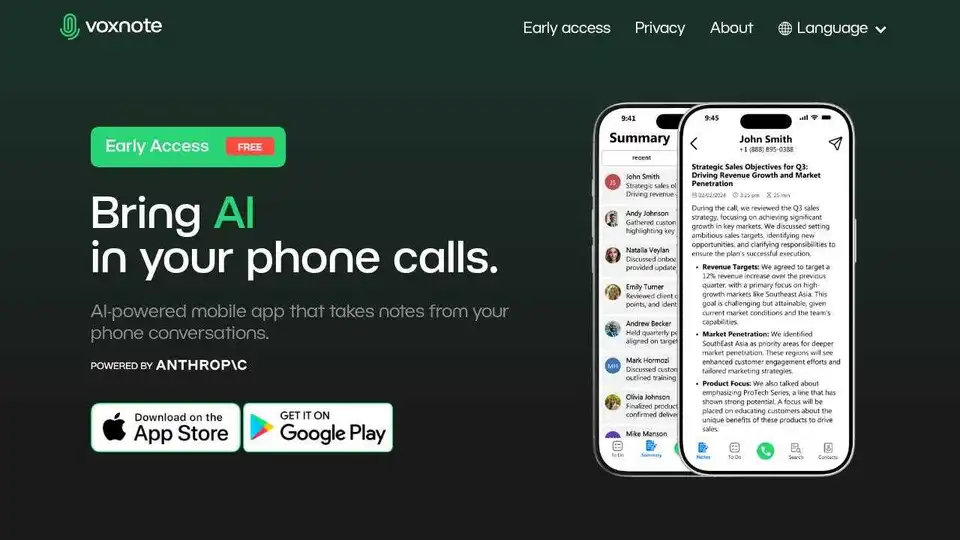
VoxNote uses AI to summarize phone calls and automatically generate action items. Never miss a follow-up. Get call summaries directly to your email.
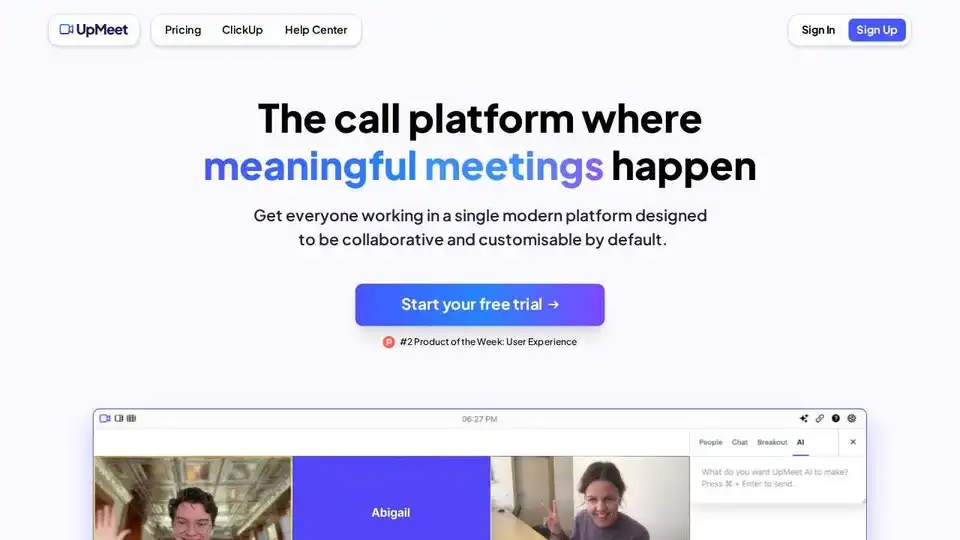
UpMeet is a smooth, intuitive call platform for meaningful Q&As, featuring AI assistance, seamless collaboration, and customizable branding.

Book a personalized live call with Santa and make this Christmas unforgettable! Powered by ShooflyAI, create magical memories with a 3-minute call.
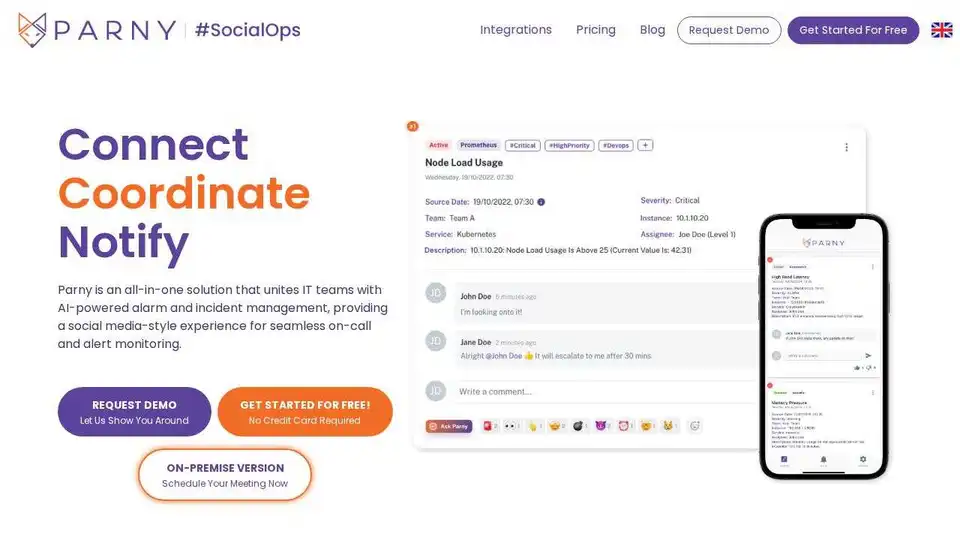
Parny is an AI-powered on-call management & alerting service for IT teams. Integrates with 40+ monitoring tools, offering smart on-call schedules, incident recommendations, and real-time infrastructure monitoring with Parny InfraMap.

xMem supercharges LLM apps with hybrid memory, combining long-term knowledge and real-time context for smarter AI.
